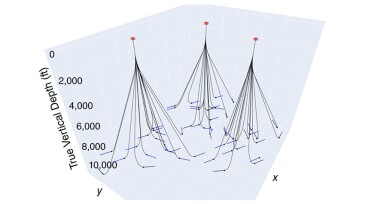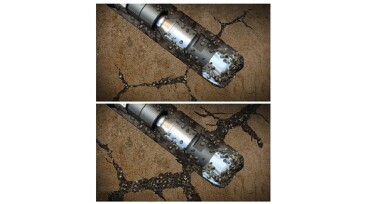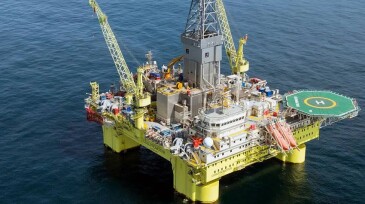Management
The latest corporate plan drops the amount the company says it will invest in low-carbon efforts by $10 billion from last year’s plan.
KTH researchers unveil a nickel–iron catalyst that speeds up water splitting, boosting efficient, sustainable hydrogen production.
Vår Energi ASA and partners have officially sanctioned the Previously Produced Fields Project in the Greater Ekofisk Area. The redevelopment is expected to add high-value barrels starting in 2028, extending the production life of one of Norway’s key offshore regions.
-
The order builds on the expanded master equipment agreement between the companies for more than 100 mtpa of LNG.
-
This paper presents an approach to optimize the location of wellhead towers using an algorithm based on multiple parameters related to well cost.
-
This paper explores electrical submersible generator design considerations, theoretical underpinnings, and potential future applications.
-
This paper describes the application of learnings from an offshore project in the Caspian to an underground gas storage project to enhance drilling performance.
-
Output from the field is expected to return to pre-shut down levels this summer.
-
Program will focus on finding more resources around Goliat and Johan Castberg through 2026.
-
The current program comprises six planned wells.
-
Gas reserves will prove an important feedstock for Atlantic LNG facilities.
-
Pair joins other E&Ps who have halted work in the area after disappointing results.
-
While many expect oil and natural gas to retain their roles in the energy mix of 2050, the more significant question should not only be on how much oil and gas will be needed but from where the world will find it.













